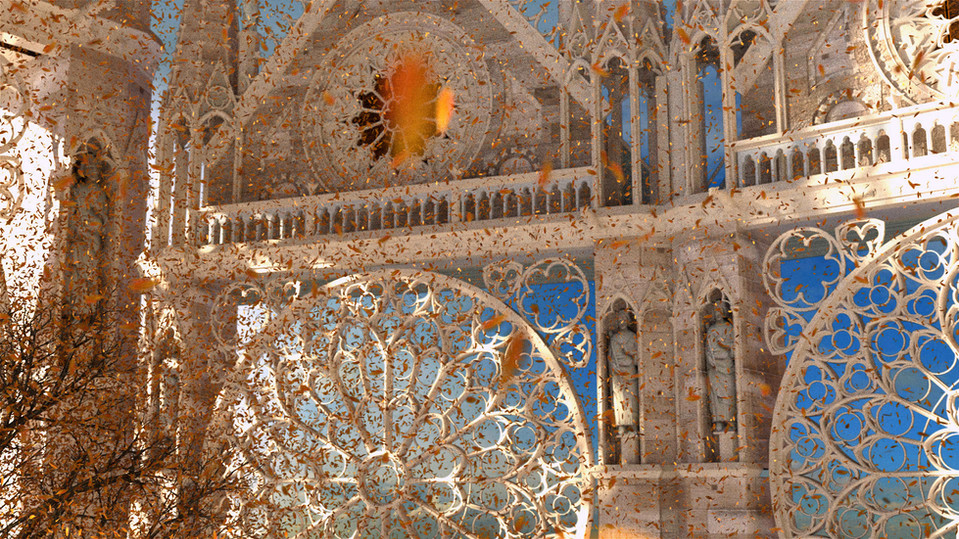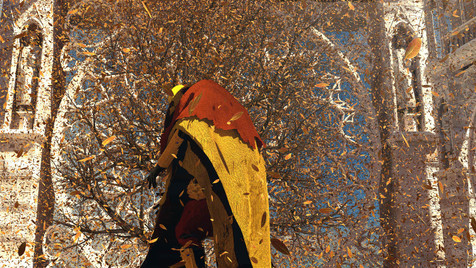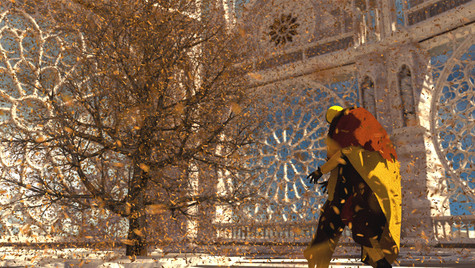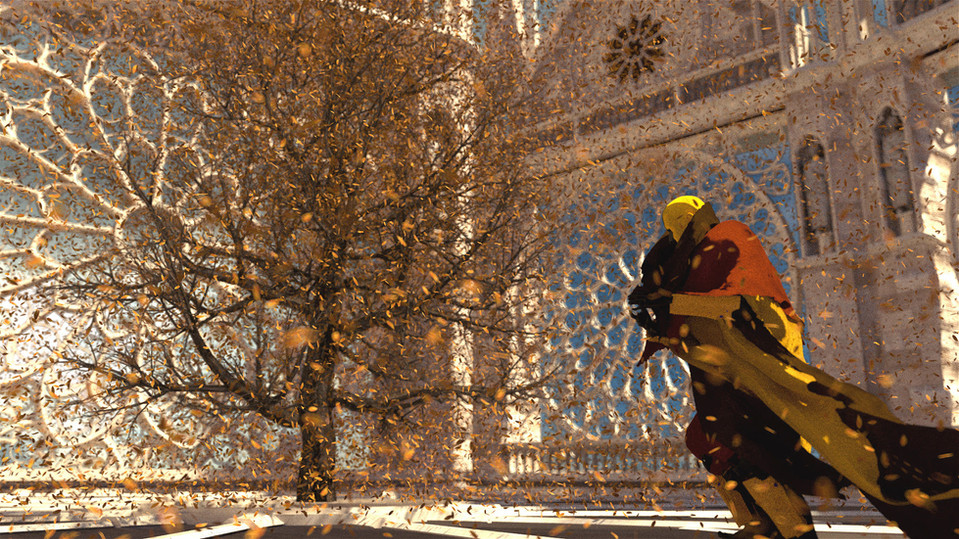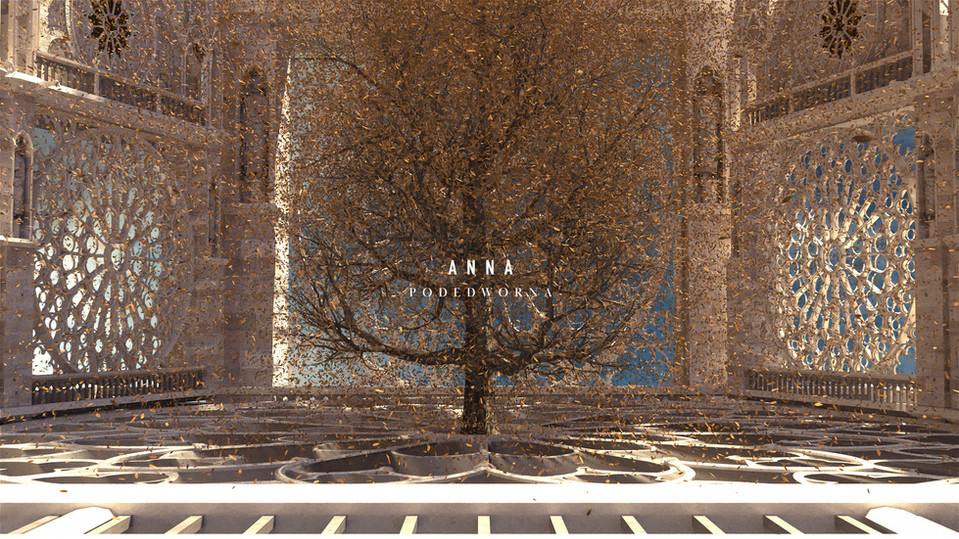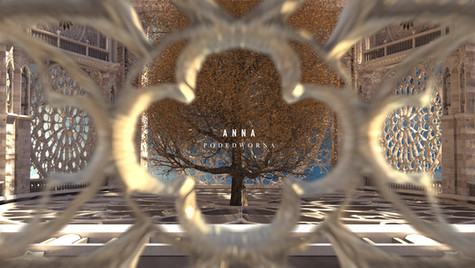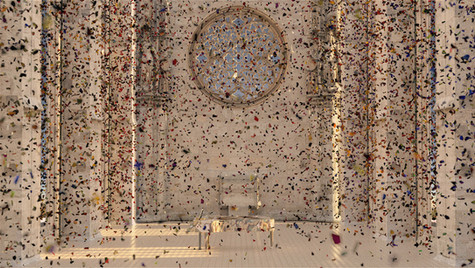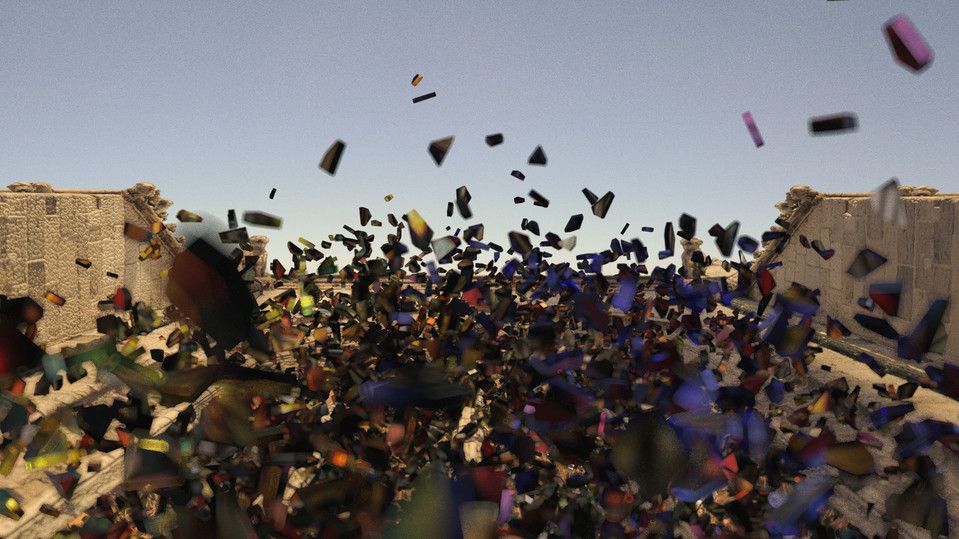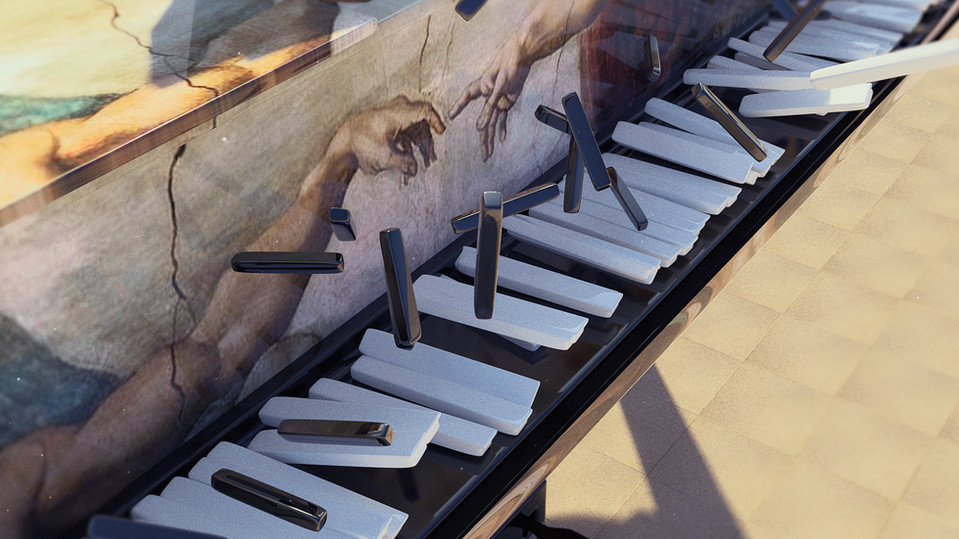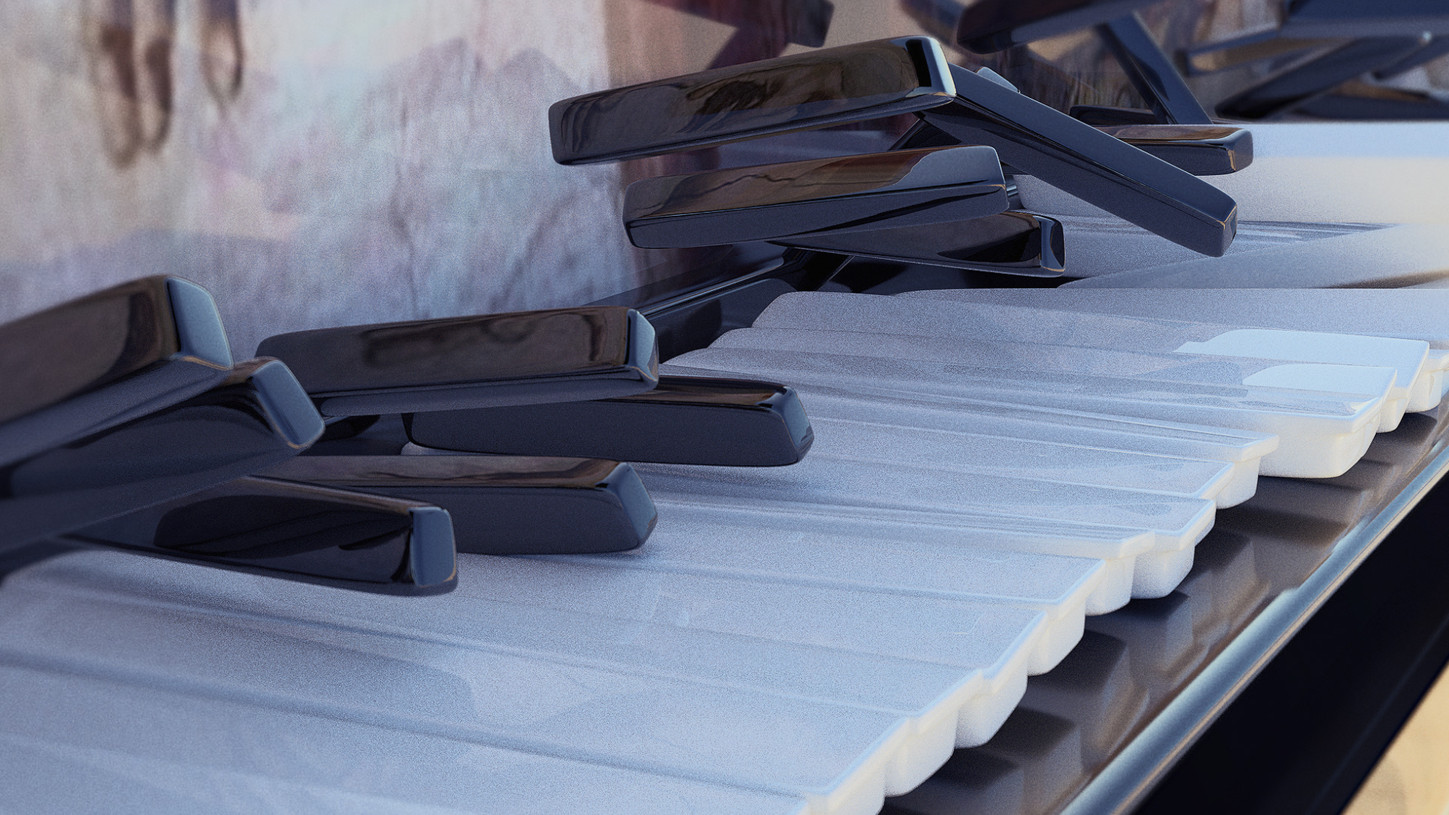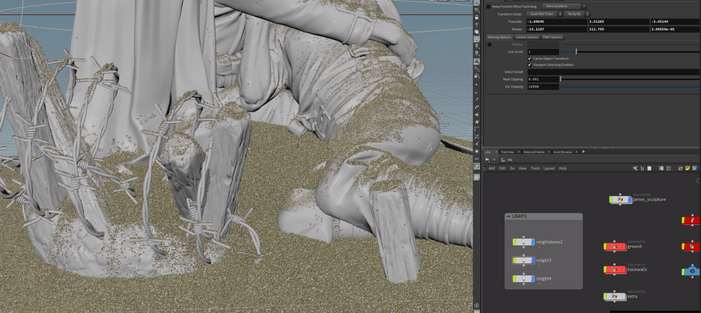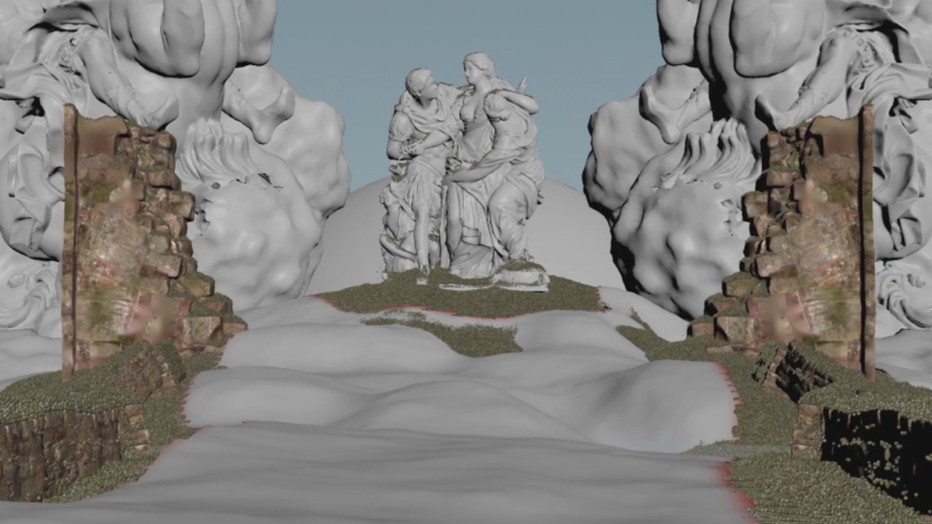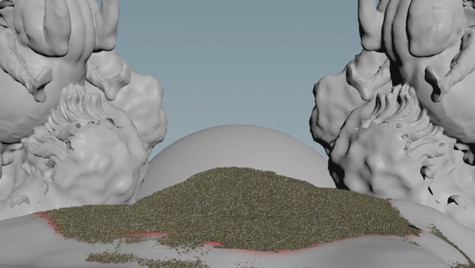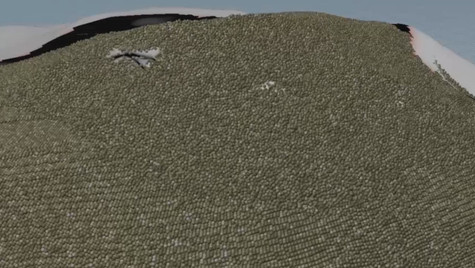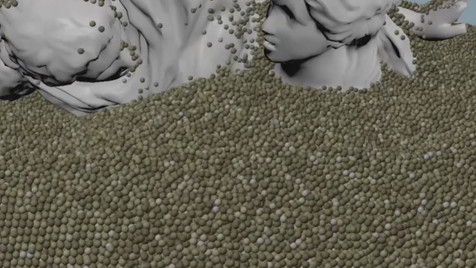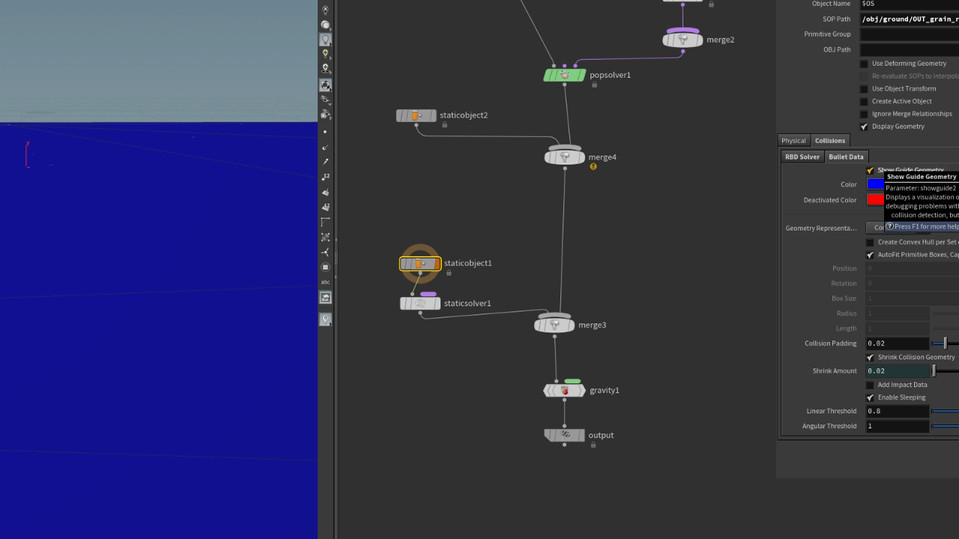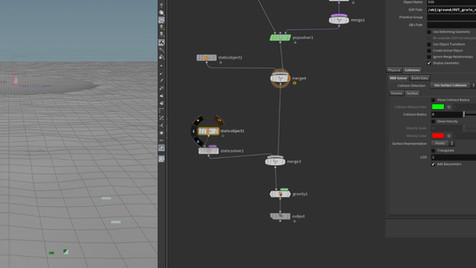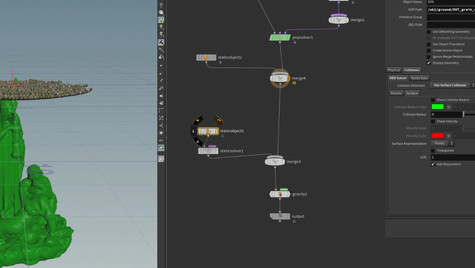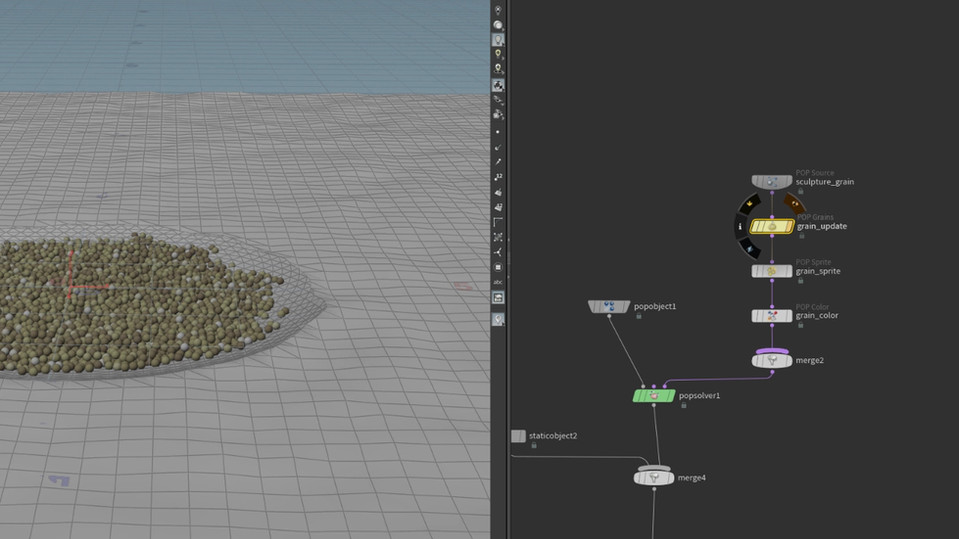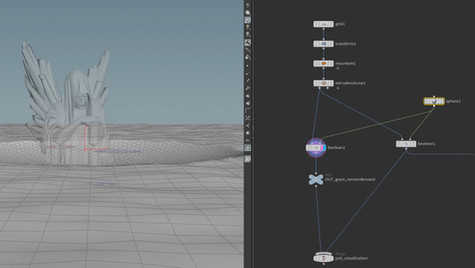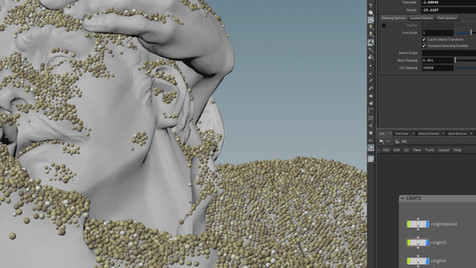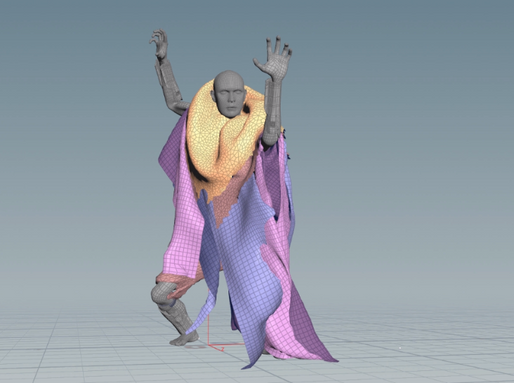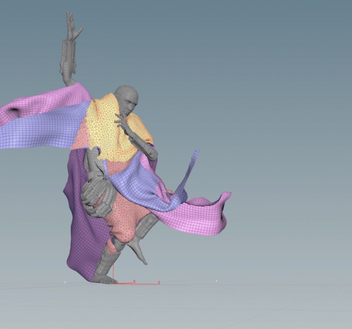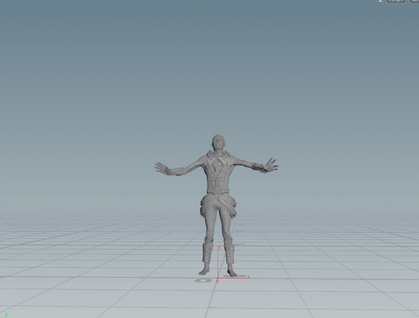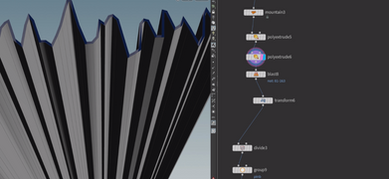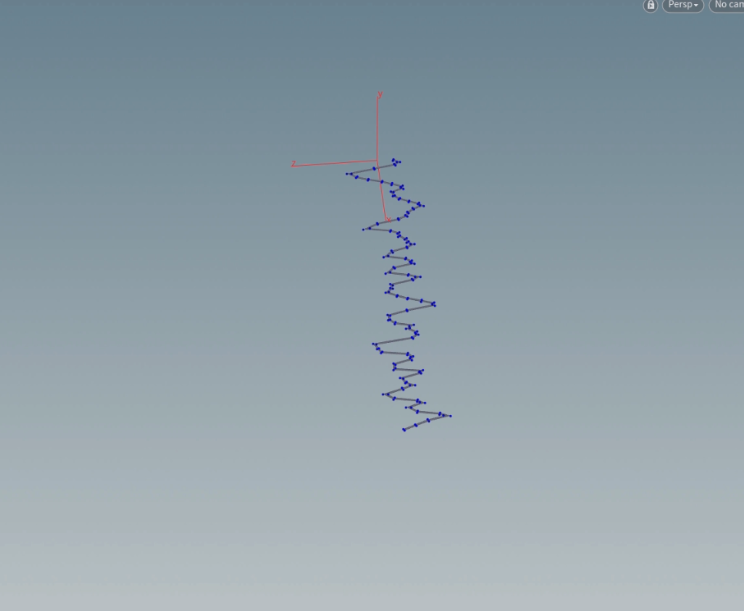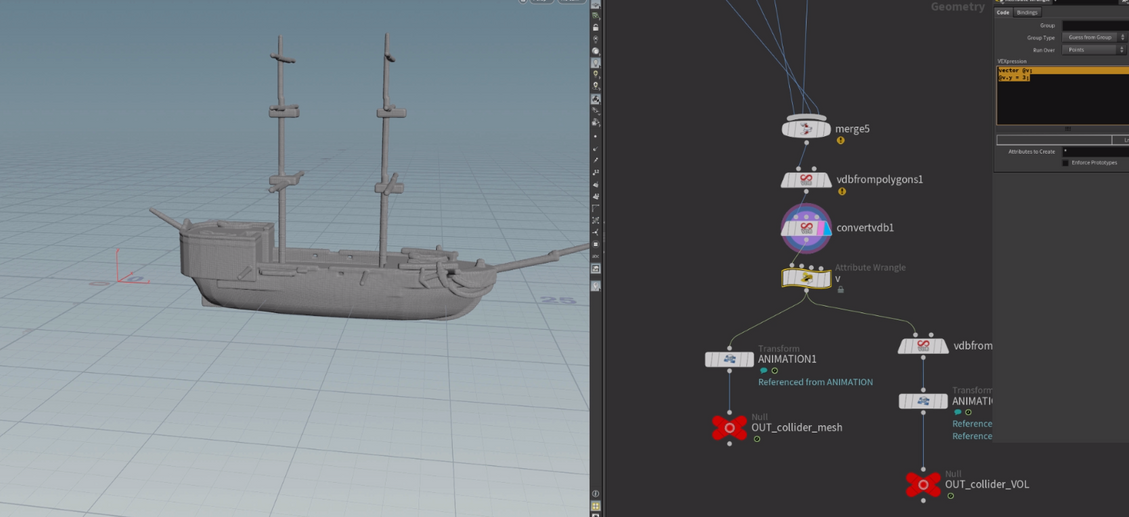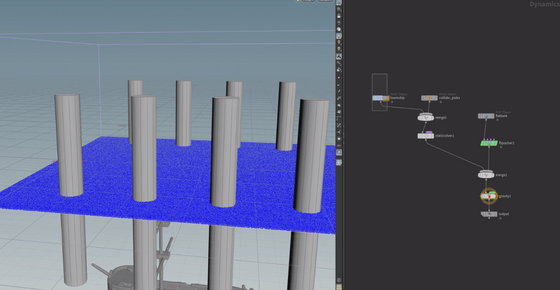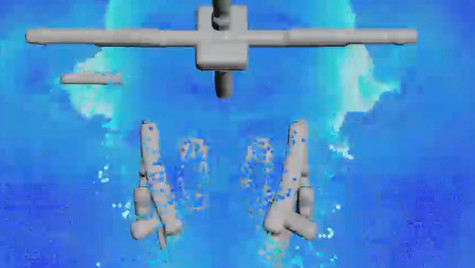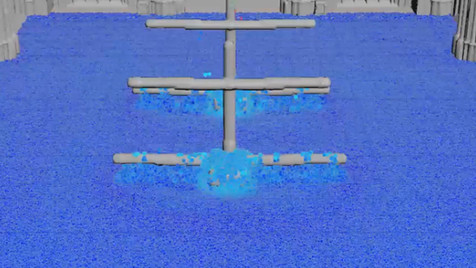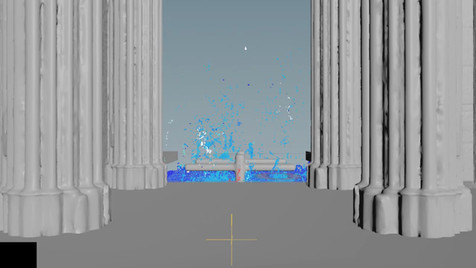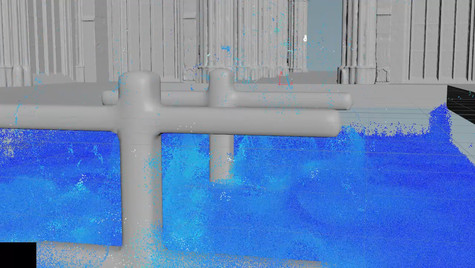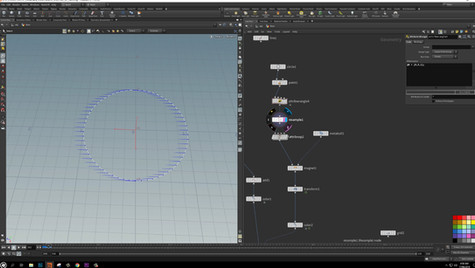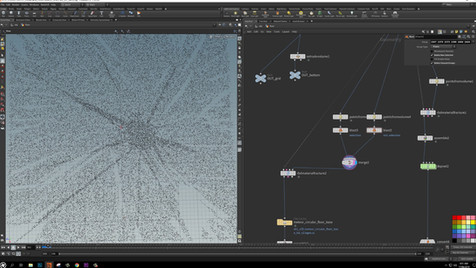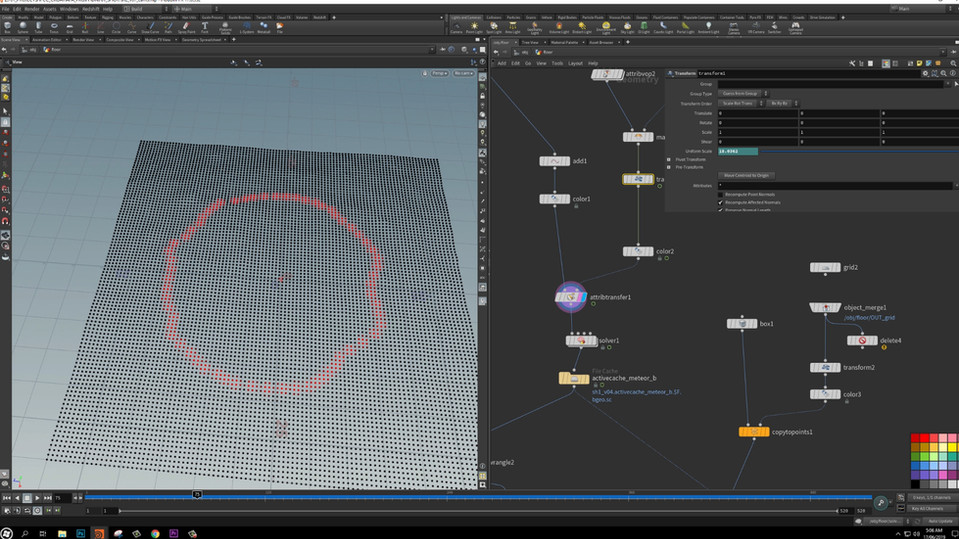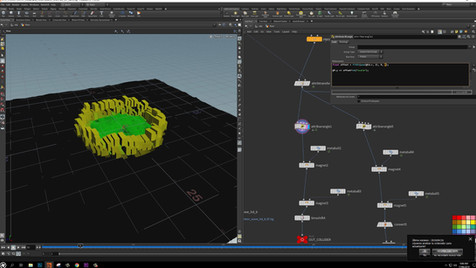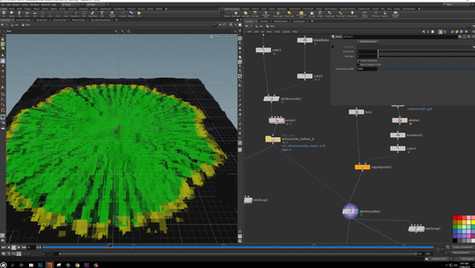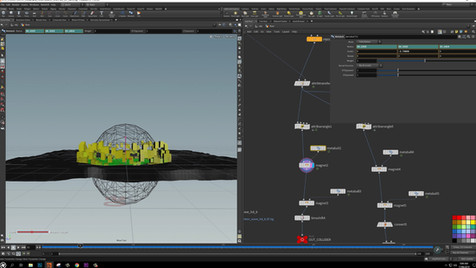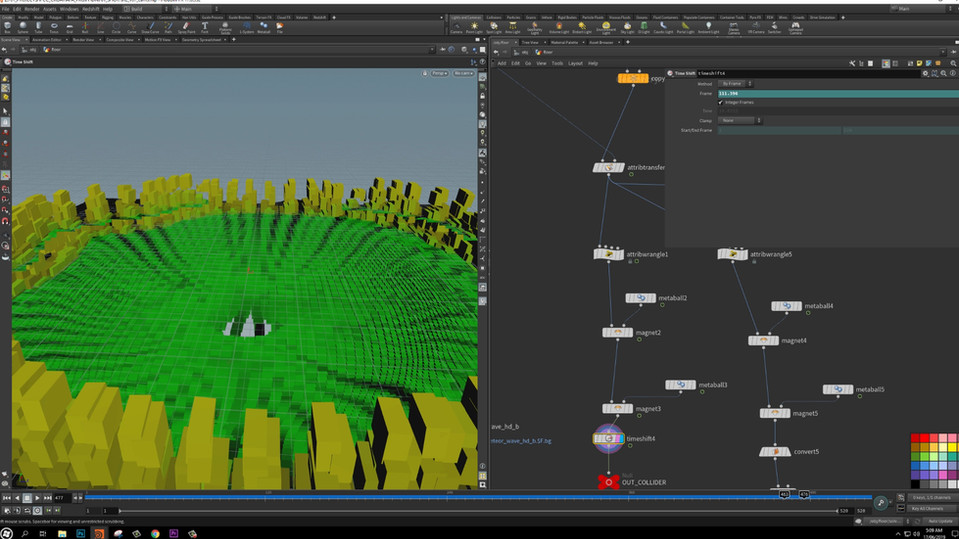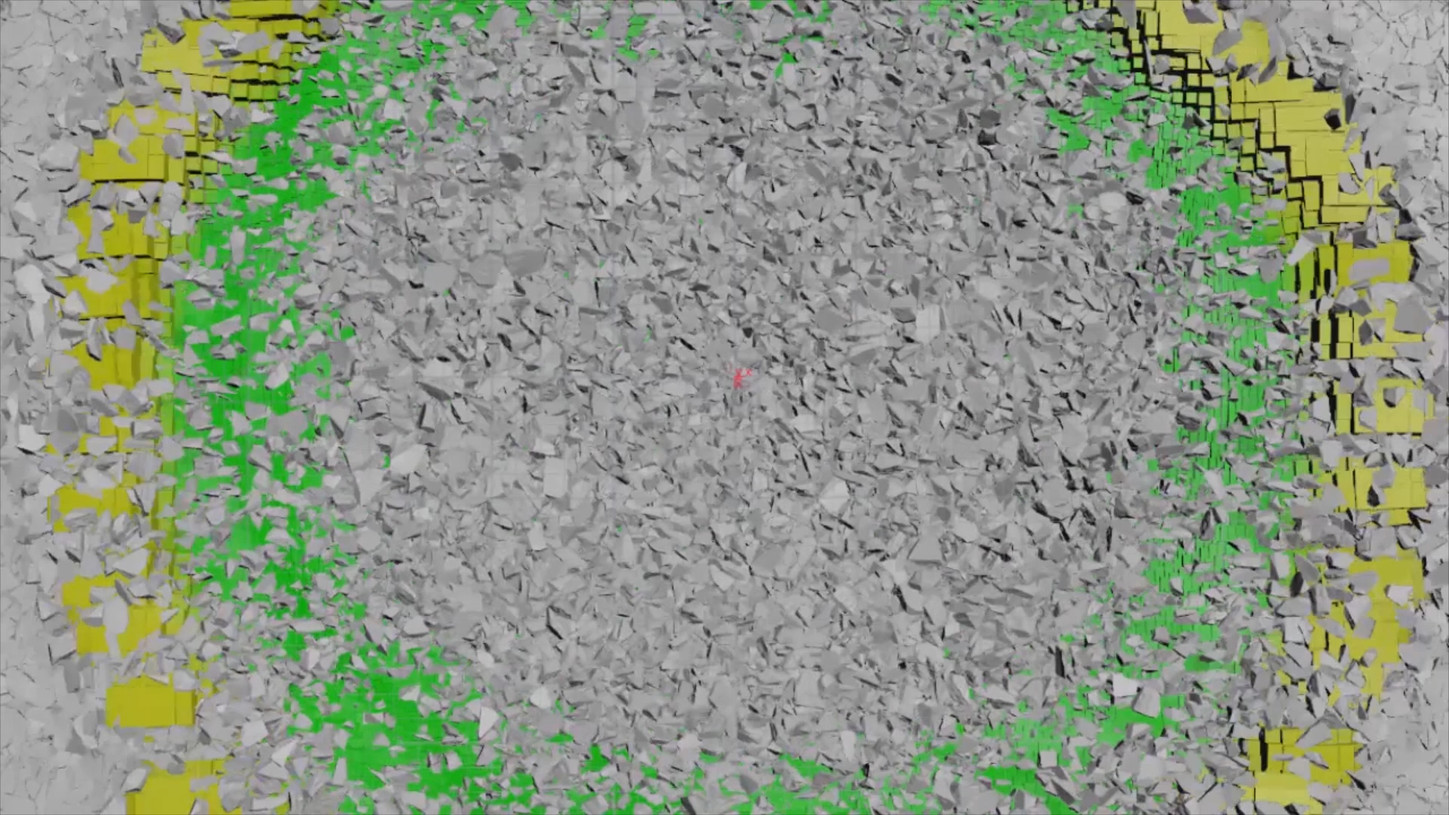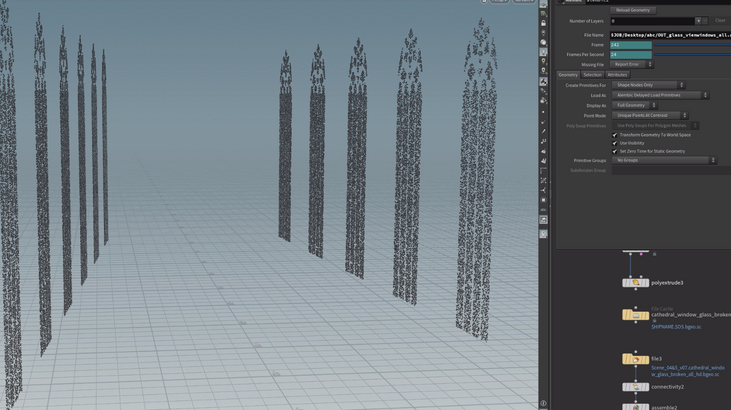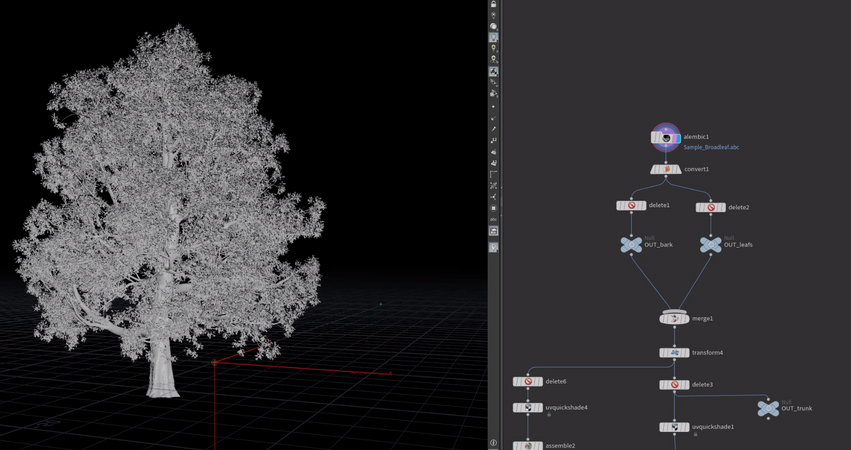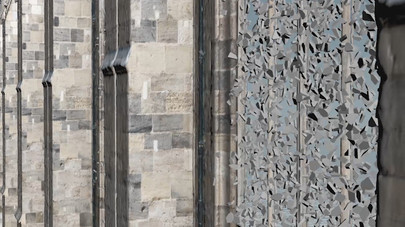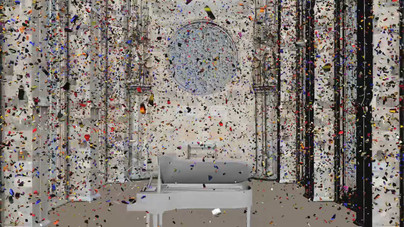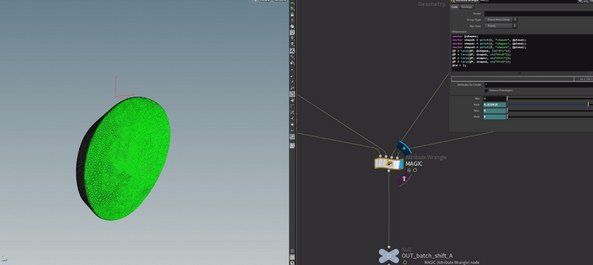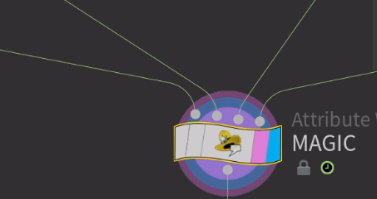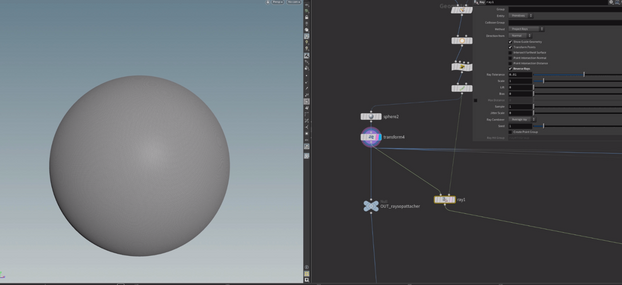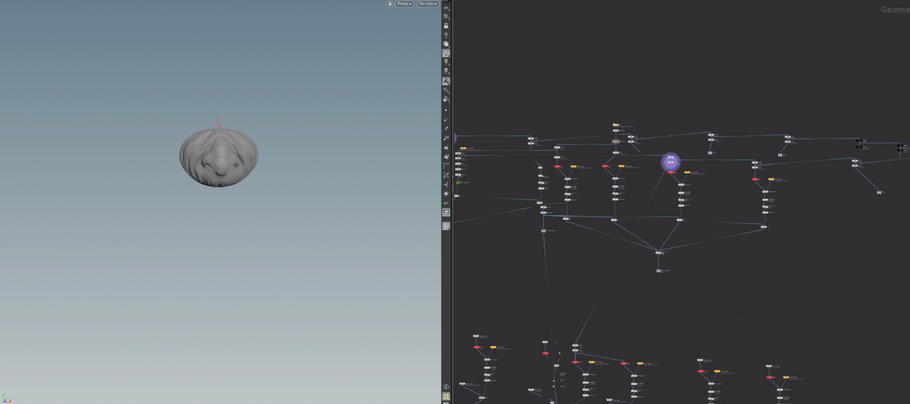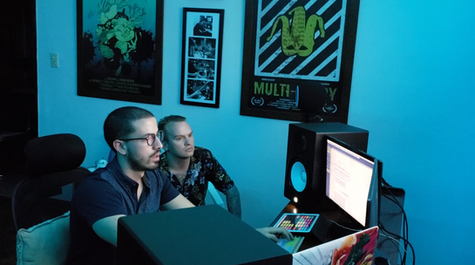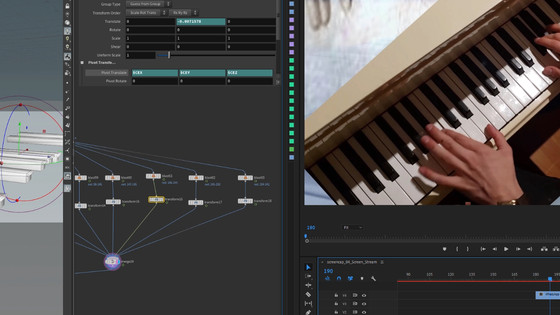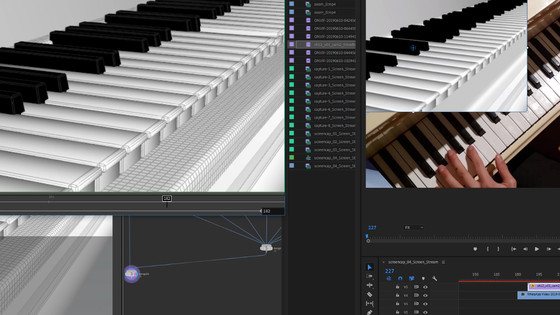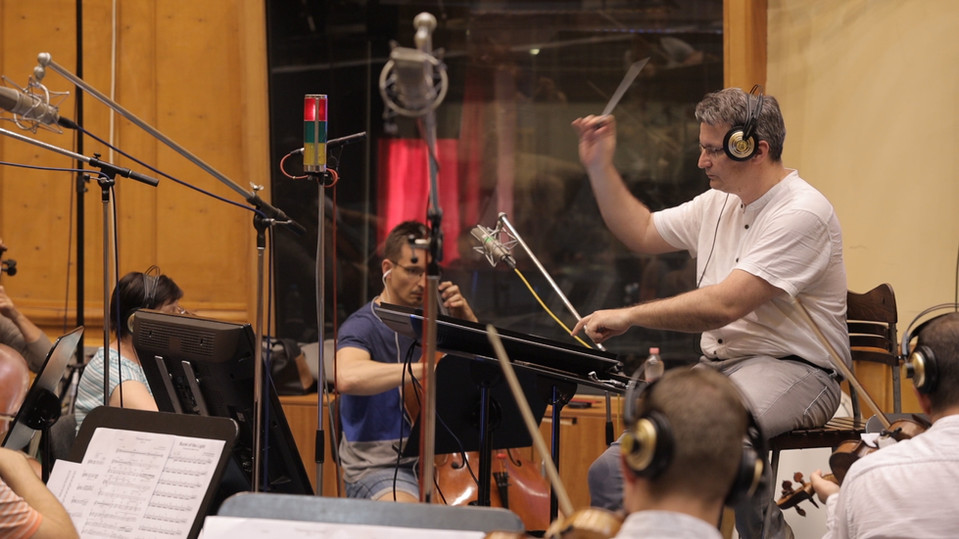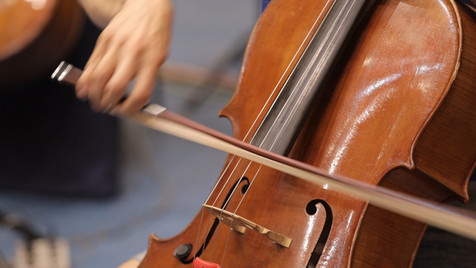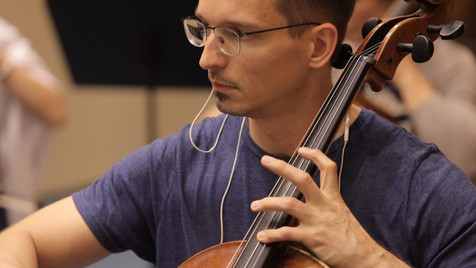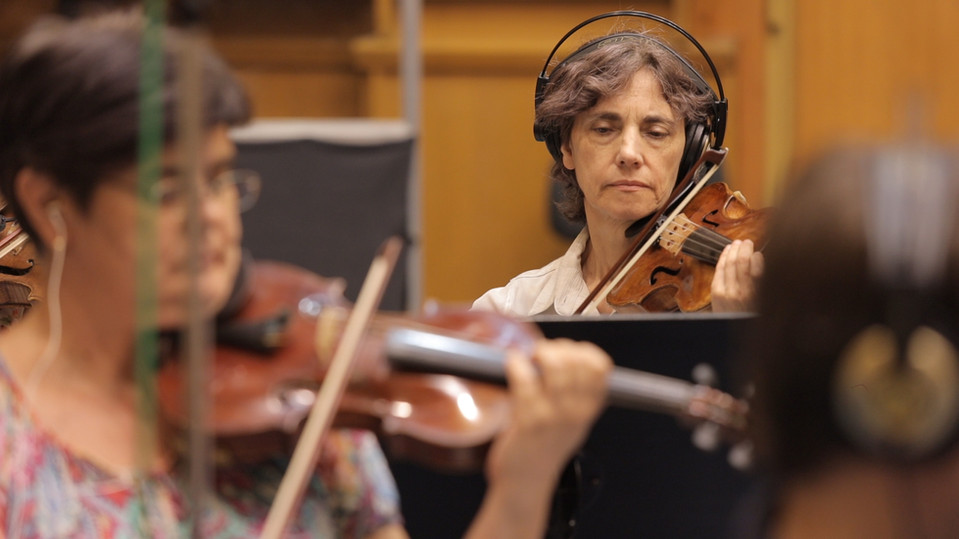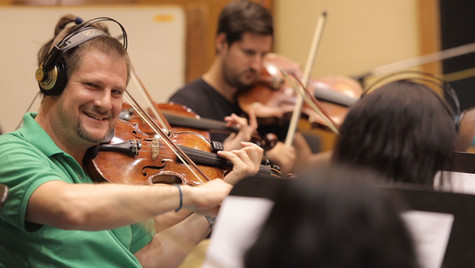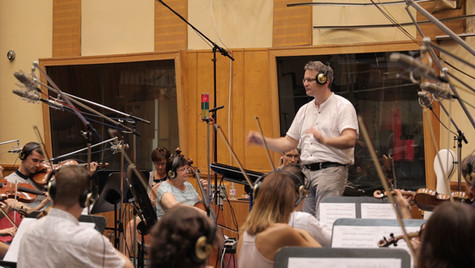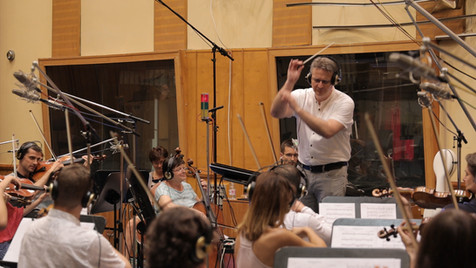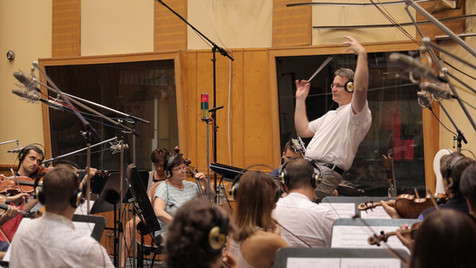top of page
IFCC 2019 MAIN TITLES
At IFCC some of the worlds leading concept and cg artists gather to share and give live demos from the beautiful city of Split, Croatia. In this journey, a wizards leads the way by honoring worlds major artistic pillars such as art, music, agriculture and travel, all examples of ideas that creators followed through with their thoughts and contributed to the world in a positive way. A main title built entirely in Houdini. Directed from a technical standpoint with crafted design and artistic excellence.
Out of gallery
Learning and mastering the technical tools allows one to direct and push the boundaries of creativity exponentially. This is the reason why IFCC Main Title was built entirely in Houdini and directed by a technician, Alejandro Robledo M. The aim was to think technicaly and solver creative solutions from a programming perspective. There is a special power that comes to life when one is able to direct and create both simulatiously and the better craftsmenship in the creation, the more polished the final result.
Introducción
Sand
This brings us back to the rennasance days, when Leonardo crafter his painting and then executed them. But it is only through the power of his skill and mastery of the pen that he was able to render such outstanding masterpieces. Apply this craftsmenship and dedication to modern day technical engineering and mix that with the initial creative thought and one can achieve beautiful things.
For sand, PBD's was the main advantage when solving this creative problem. The main advantages of Position Based Dynamics (PBD) are its simplicity and controllability: unlike sophisticated solvers such as FLIP and FEM, PBD uses only positional constraints to determine the movement of the points in the system. It resolves penetrations by projecting points to valid locations.
This completely avoids the overshooting problems common in force based solvers. It handles collision constraints easily, and is useful for simulating sand and snow. Please find a link to SideFX documentation below.
https://www.sidefx.com/docs/houdini/grains/about.html
Out of gallery
Cloth
For Cloth solutions, Alejandro focused on utilizing the power of Vellum Solver. The Vellum solver was used in its Cloth configuration and used for the characters cloth and the ships sails. Utilizing creative ways to overlap multiple layers of cloth, the wizard was able to inherit unique artistic qualities both in his fashion and gravitational effects.
Theres two very interesting tutorials that focus on breaking down how to apply cloth to a moving character and how to utilize cloth in creative ways with this solver. Please find the links below:
https://vimeo.com/303533504
https://vimeo.com/343225870
Out of gallery
For liquids, the flip solver was the way to go.
The FLIP Solver DOP evolves an object dynamically as a particle fluid.
A FLIP solver is a type of hybrid between a particle based and volume based fluid simulations. All fluid data is stored in the particles and only particles need to persist frame to frame, ensuring no unwanted mixing or loss of fluid can occur.
However, the pressure projection step is done on a volume that is created just in time. The fluid is represented by particles with their pscale, and can be moved around with POP and DOP forces.
More info can be found here at SideFx documentation:
https://www.sidefx.com/docs/houdini/nodes/dop/flipsolver.html
Liquids
Out of gallery
RBD's refers to Rigid Body Objects. Alejandro utilized this solver in conjunction with vex and other creative ways in order to create the explosions, crater, windows, glass and tree. This solver is a union of two different rigid body engines, the RBD engine and the Bullet engine. The RBD engine uses volumes and is useful for complicated, deforming, stacked, geometry.
RBD
The Bullet engine offers simpler collision shapes and is suitable for fast, large-scale simulations.
You can find full documentation on this solver at SideFx:
https://www.sidefx.com/docs/houdini/nodes/dop/rigidbodysolver.html
Out of gallery
Out of gallery
Vex & Vops
The face shifting solution was entirely done with wrangles.
Wrangle is a very powerful node that allows one to write VEX which is a programming lenguage that modifies attributes.
Vex and Vops are essentially the same thing, the difference is that Vex is written code in wrangles, Vops are a visual way of writing vex. Its more friendly for some though it performs the exact same solution and with same effectiveness.
Out of gallery
The music was written together with the animation. A collaborative process between Alejandro Robledo Mejia and David Murillo R. While David played the piano, Alejandro would record and animate the same notes on screen. Then after collaborating on the melody, the music was recorded with the orchestra in Prague.
Orchestra
Out of gallery
Out of gallery
Credits
Studio: RMA
bottom of page






